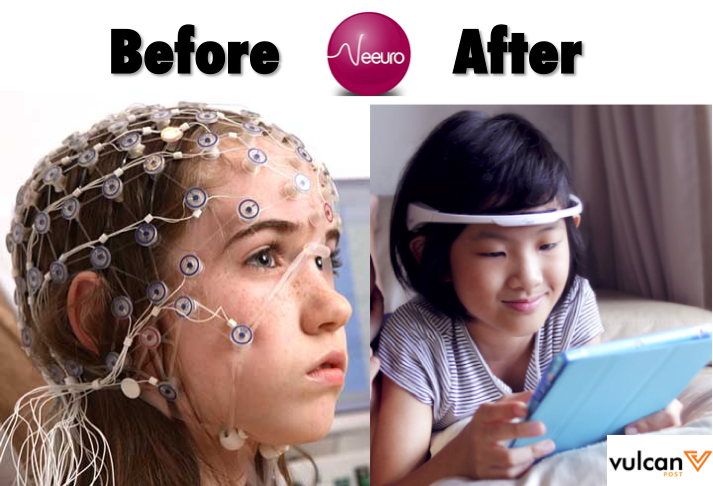LA teachers make the case that charter schools are an existential threat to public education
Truth is, the financials of charter schools have never added up
Isn’t it reasonable to have some regulations on charters?” asked Ingrid King, a kindergarten and dual language teacher at Latona Avenue Elementary School in Los Angeles. She and two of her colleagues spoke to me from the picket lines during the recently resolved teacher strike in her city. When she and over 30,000 teachers and school personnel walked off the job, it closed the nation’s second-largest school system of nearly a half-million students for six days and filled the streets with huge protests.
The strike ended when the district conceded to give teachers a 6 percent pay raise, limit class sizes, reduce the number of student assessments by half, and hire full-time nurses for every school, a librarian for every middle and high school, and enough counselors to provide one for every 500 students.
But the concessions teachers won that will likely have the most impact outside of LA are related to charter schools. The teachers forced the district leader to present to the school board a resolution calling on the state to cap the number of charter schools, and the teachers made the district give their union increased oversight of charter co-locations — a practice that allows charter operations to take possession of a portion of an existing public school campus.
Los Angeles Unified has 277 charter schools, the largest number of charter schools of any school district in the nation. The schools serve nearly 119,000 students, nearly one in five students. The vast majority of charters are staffed by non-union teachers. (Teachers at a chain of unionized charter schools in the city that joined district teachers on the strike are still on strike.) So the quick takefrom some is the teachers’ union made curbs on charter schools part of their demands because these schools are a threat to the union’s power.
But when you talk to teachers, that’s not what they say. They tell you they want to curb charter school CONTINUE READING: LA teachers make the case that charter schools are an existential threat to public education | Salon.com








